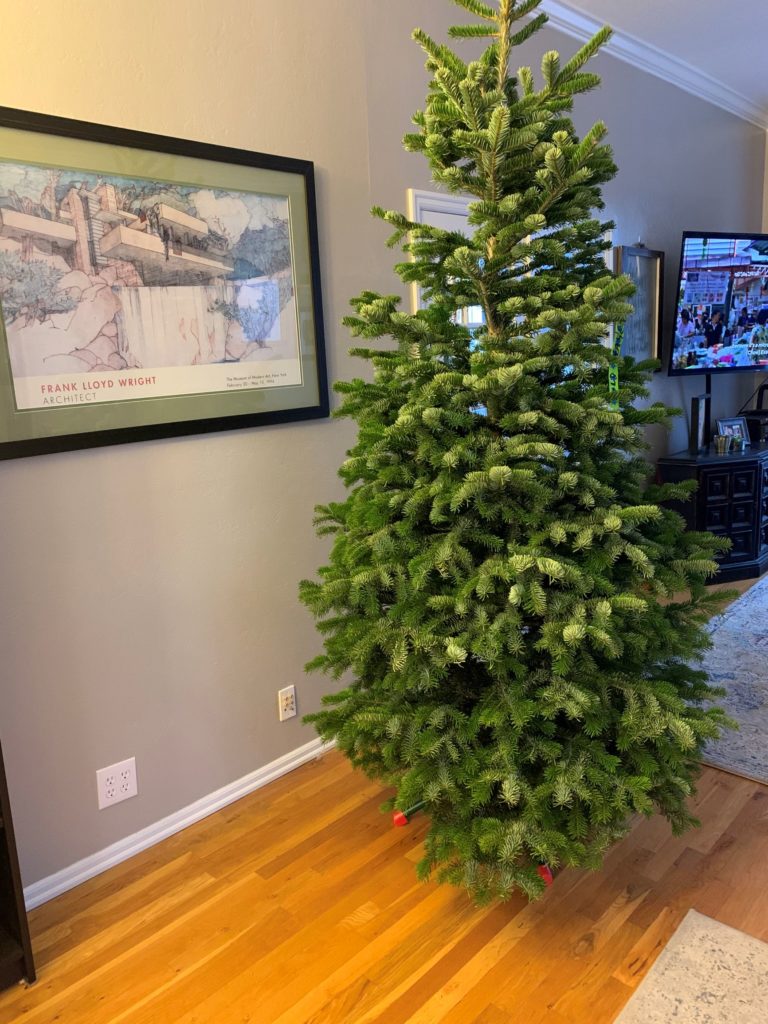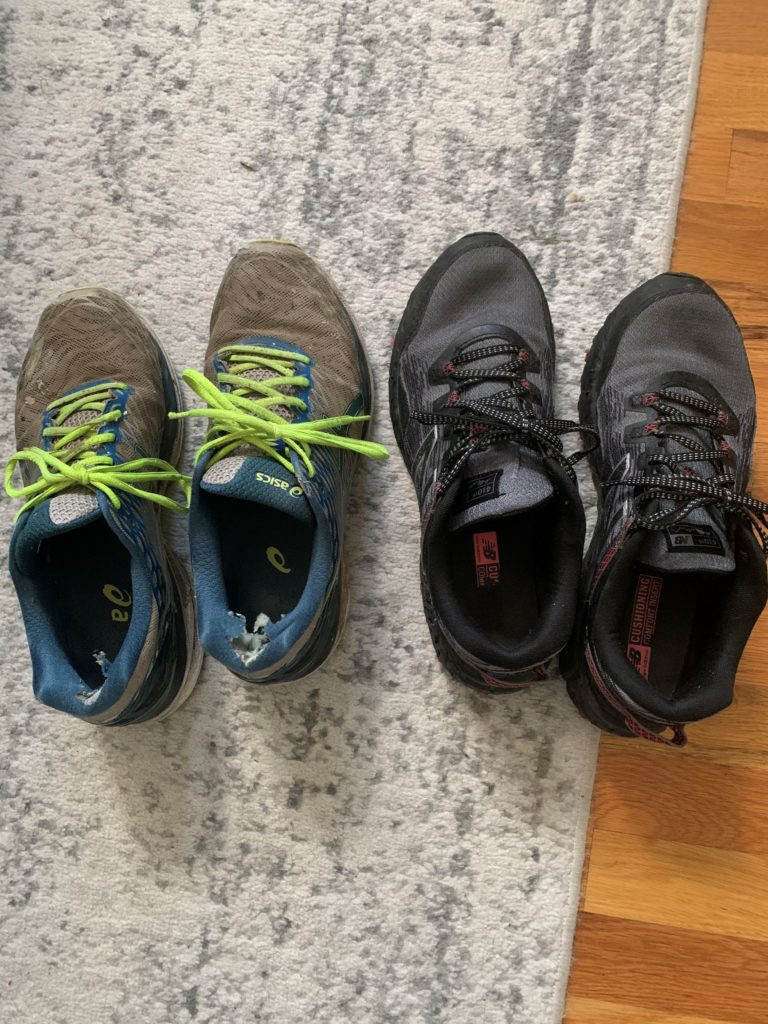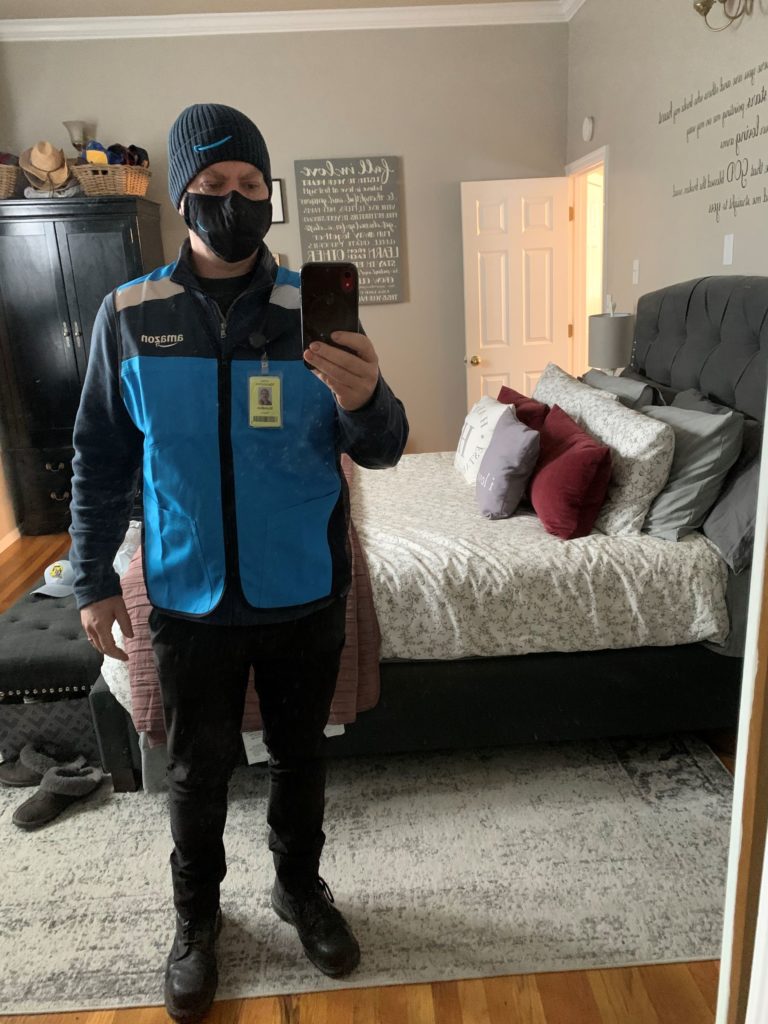It is probably an understatement that I have been busy lately. I just came off of three days off and I barely had a minute to do anything other than the the things I have committed to. We are working on my wife’s office, selling trees at the Boy Scout tree lot, yard work and other seasonal activities.
For those that know me, they wouldn’t be surprised if I admit that I am kind of a Grinch. That being said, I am also a traditionalist. I am not happy to put up outside decorations or inside for that matter. But, I will never give into the artificial tree movement for the reasons that it is not right.
We have had the tree in a bucket of water for over a week now. Because getting the tree up requires my muscle, the only time I had to do it was before work, so I started working on the tree at 6:30AM.

Because I live in Oregon, natural Christmas trees are normal. I didn’t see an artificial tree until I was a teenager at least. I know that a lot of people live in places where you can only buy a tree from a lot, because it was shipped in from somewhere else. However, I thought that I would provide some tips about Christmas trees just in case.
Getting a wild tree
I have done this a number of times. I would have to say that far and away, this is my favorite tree activity. Permits can be purchased for $5 from the US forest service. You go up to the national forest and you find a tree (that is in the national forest boundaries) and you cut it down and take it home. They will provide you with a map and some suggested locations to get started.
- Check the weather. Early snow can make access difficult to impossible. Nobles tend to be at high elevation, above 4000′ are are the first to lose access.
- Plan for adventure. Bring supplies like lunch and drinks and tire chains as well as saws and straps to get that tree. But also think about sleds and possibly campfires. This is an outing more than a to do.
- Don’t push it if you start to see snow. This can turn deadly if you don’t respect mother nature.
- Wild trees are spindly and sparse. If you are into that, then your in luck. Some varieties like Douglas fir can have pretty wimpy branch strength.
- There are some limitations. Trees have a slot window (bigger than, smaller than Y) for harvest. They must be a certain distance from the road and stumps need to be cut to the ground. It is surprising how big trees really are when you get up to them versus at a distance. This can make the hunt challenging, but rewarding.
Going to a tree farm
This is typically our go to. You go to a place that grows a lot of trees and you cut it or someone else does. Often times they are geared toward the younger family set with Santas or tractor rides and such. Think of it as the Christmas version of the pumpkin patch.
- Dress for the weather, the fields are often muddy and wet.
- Help is usually available to bale the tree so that it is compact for travel. They can help load it or secure it to the vehicle as well.
- I find this a little monotonous. You can most likely find the tree that you want, size, variety and look. But, they all sort of blend in together after a while.
- This will likely be the cheapest tree to buy. You are not paying the fuel to go into the mountains and you are not paying the lot mark-ups.
Tree lots
Press the easy button on getting a Christmas tree. Pull in, look around, pay and go. My boy’s Boy Scout troop operates a lot every year. We spend a fair amount of time working the stand and plenty of people buy trees that way. We did this year too.
- For best selection, go early in the season. If you are looking for something larger or a particular variety, it pays to buy early. The business aspect of this leads inventory to shoot for the biggest sellers and to sell out if possible.
- Price shop for the best value. There are very few options in our small town as most of the competitors have gone away over the years. But I have seen a range of prices that vary from “I can’t believe someone would pay that” to “we don’t even buy them at that cost”.
- Most tree lots are fundraisers for programs (in our area). It doesn’t feel so bad to pay more when I know the profits are supporting good causes.
- Tree lot trees can be cut over a month ago. If you live somewhere outside of the pacific northwest, tree cutting for Christmas trees begins November 1 for destinations like California and Panama (really? Yep). I can say for our tree lot, I saw the trees cut and then I hauled them to the yard that day.
I was going to go into tree care, but this is already getting long. So, I will save it for another day. I hope that if you haven’t gotten your tree and you don’t have an artificial one that you will get it this weekend. I think our stand will be out of trees by the end of Sunday.



Recent Comments